Environment: Rich countries must do more to advance Africas economic and climate transition
September 23, 2023
African leaders and communities call for action to tackle the social and economic damage done by climate change. Warmer oceans lead to warmer conditions over land. UNESCO still looking for more government action to protect the Great Barrier Reef.
African leaders call for phase down of coal
In early September, leaders of African nations gathered for the first African Climate Summit, in part to prepare for the COP28 meeting in November. At the end of the meeting, the leaders released the Nairobi Declaration on Climate Change and Call for Action. The Declaration notes that Africa is not historically responsible for global warming but is warming faster than then rest of the world and is facing disproportionate personal, social and economic burdens from climate change-related weather patterns and disasters.
The leaders identify a range of critical agendas that require urgent action at the continental and global levels, most notably reducing greenhouse gas emissions in line with the Paris Agreement, phasing out fossil fuel subsidies, reforming the multilateral financial system, and rich nations honouring their pledges of financial assistance to developing countries.
Many observers were, however, disappointed that the Declaration calls only for an accelerated process of phasing down unabated coal power and not a complete phase out of all fossil fuels.
Oil Change International has released Fossil Fuels Fail Africa, a comic-style infographic (example frame below), that identifies many fossil fuel- and energy-related problems across Africa (e.g., lack of access to electricity for almost half of the population, corruption, environmental degradation, human rights abuses, terrorism, national debt crises, destruction of communities) and calls for assistance for Africa to leapfrog over fossil fuels towards a clean green energy future.
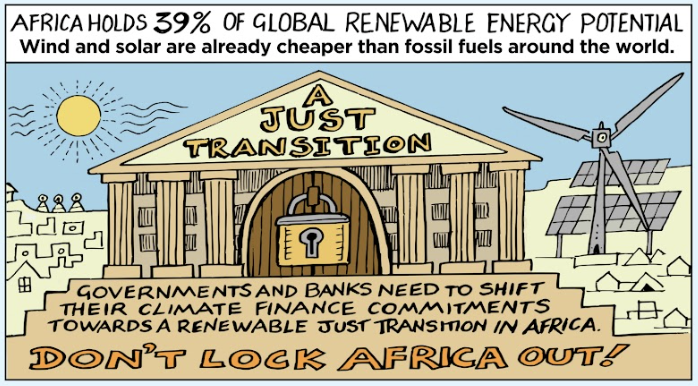
African communities demand real climate solutions
Concurrently with the leaders, representatives from many civil society groups from across the continent also met in Nairobi at the African Peoples Climate and Development Assembly. They released their own Declaration.
The problems recognised were similar to the leaders but the preferred responses emphasised radical system change not tranquillising gradualism, democracy, equity, protection of human rights, freedom of speech and community led solutions. Civil society representatives identified not only Real solutions we demand (e.g., genuine African-led development, meeting basic needs for everyone, renewable energy, agroecology, ecosystem protection, control of transnational corporations) but also False solutions we reject (e.g., fossil fuels, carbon markets, distant net zero targets, geoengineering, export-led growth, technofixes).
Climate change and GDP
African communities and leaders have much justification and every right to be concerned about climate change. The map below demonstrates the change in each countrys GDP between 1991 and 2010 relative to what it would have been if there had been no climate change. Only high latitude countries in the northern hemisphere are better off as a result of climate change.
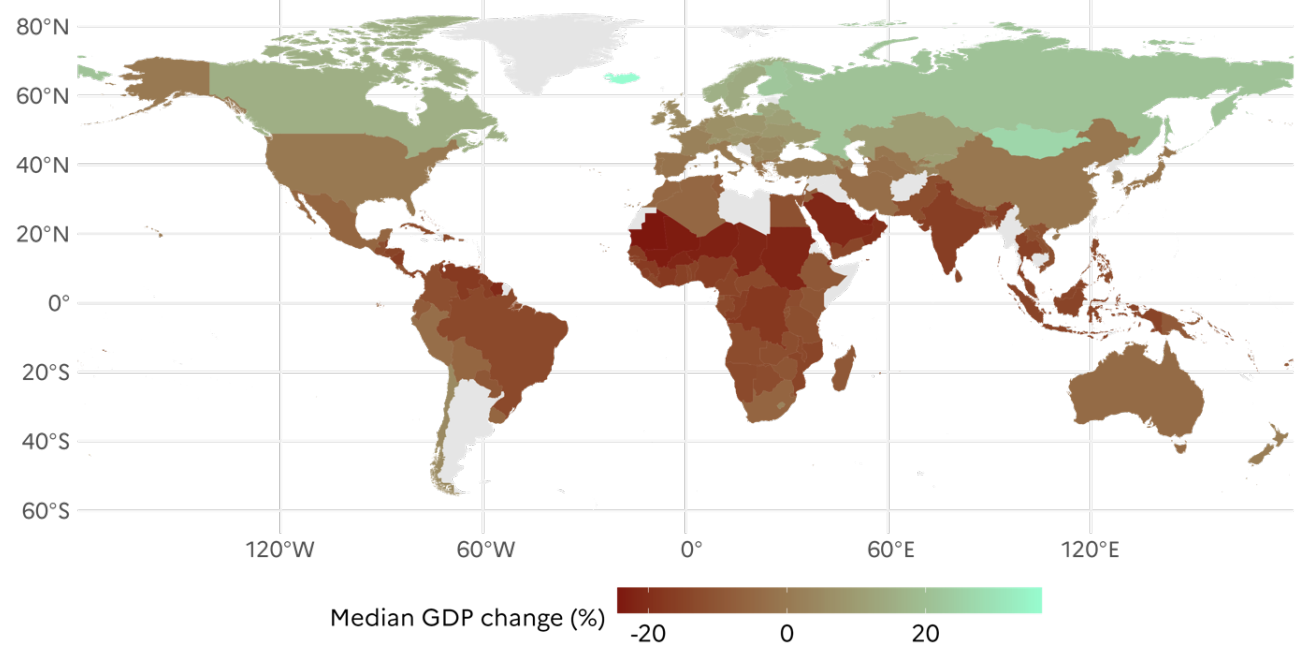
While the GDPs of USA, much of Europe, Australia and New Zealand have suffered as a result of climate change, the largest losses in economic development have been experienced by tropical and sub-tropical countries that were the poorest to begin with, especially countries in Africa.
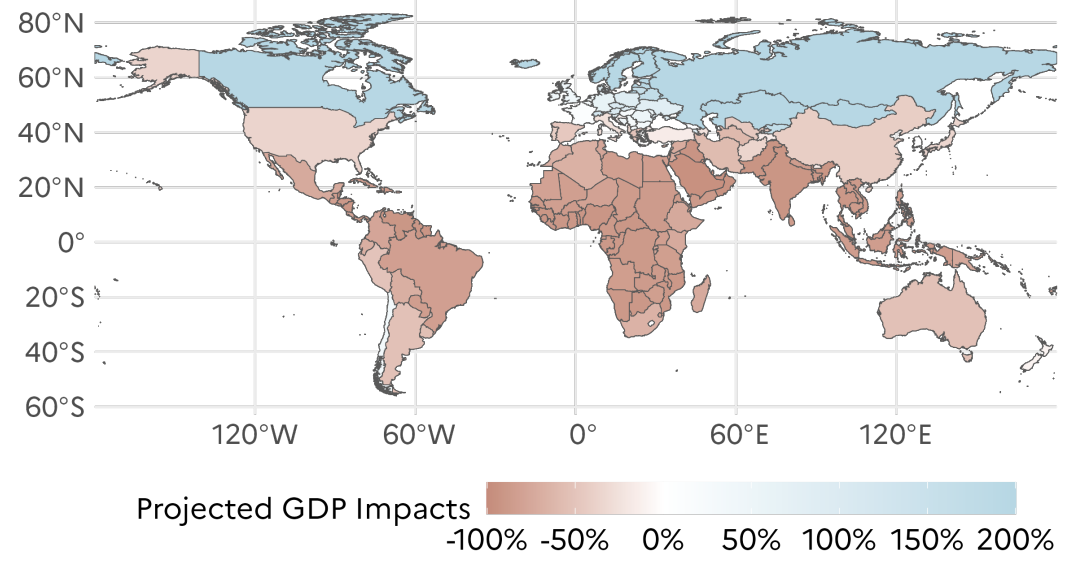
The economic disadvantage suffered by African nations is revealed even more starkly when one looks at the projected change in GDP per capita as a result of climate change between now and 2100 (map above). Most African countries, almost all of which have rapidly expanding populations, will have no growth in GDP per person during this century, a fate that will be shared with many countries in the Middle East, South and South East Asia and Central and South America. Even the USAs and Australias growth in GDP per person will be reduced, but not by as much.
Question 1: The economic inequality between countries will keep increasing as a result of the climate change caused by the rich countries: intentional or incidental? Discuss.
Oak trees ecosystems
There are over 600 species of oak trees but none is native to Australia. The Australian or Tasmanian Oak is actually a eucalypt and the Silky Oak is a species of grevillea. Quite a few foreign species grow quite well here though.
Oak trees seem quintessentially British to me there are 40 references to oak trees (surpassed only by roses) across half of Shakespeares plays - so it was somewhat surprising to discover that only two species are native to Britain.
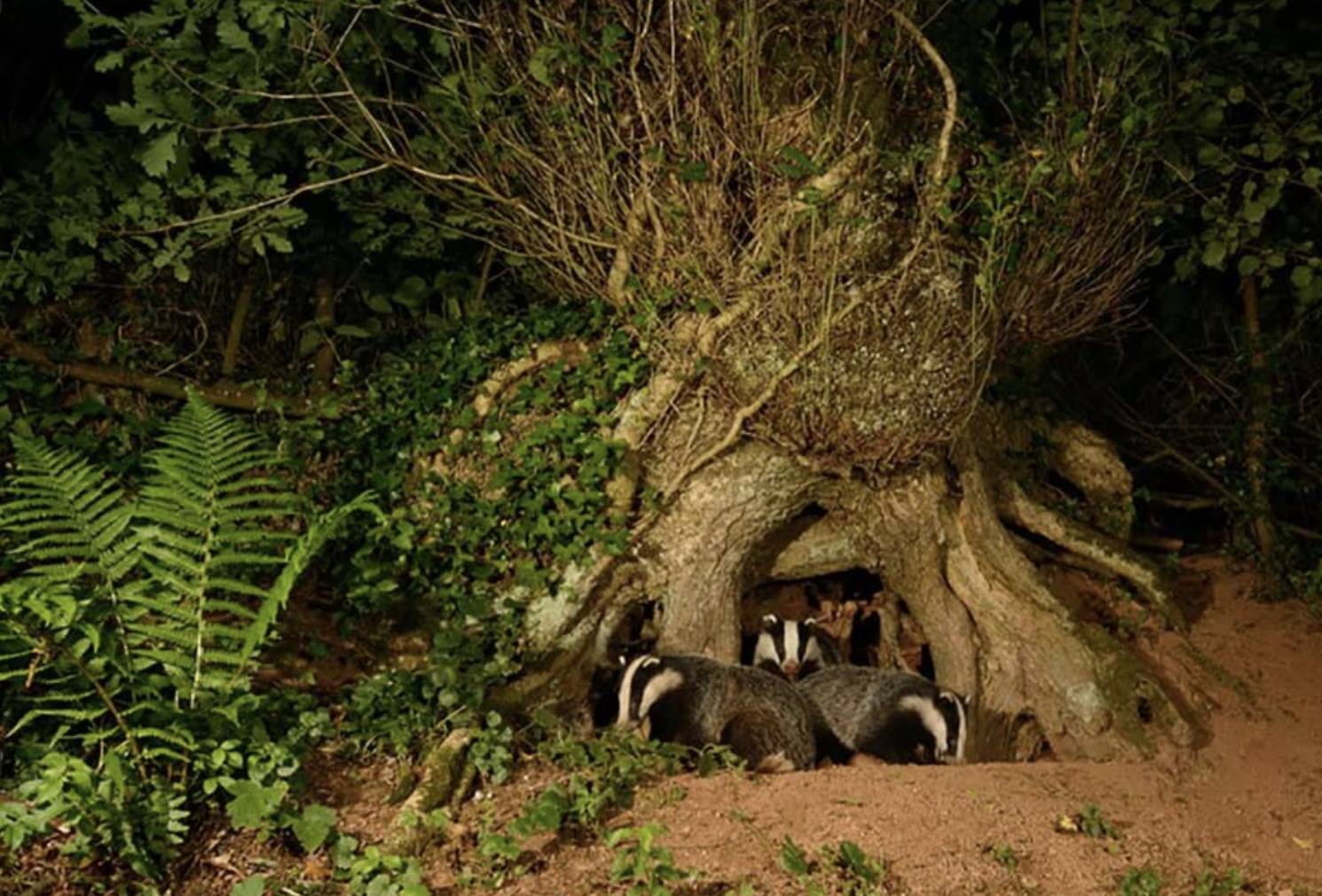
The UKs Woodland Trust highlights the 2,300 species of mammals, birds, insects, fungi, lichens, mosses and more that are supported by the flowers, acorns, leaves, bark and roots of oak trees; 326 of them are dependent on oaks for their survival. Just as in Australia, the big old trees support the greatest number of species because they contain lots of cavities and dead wood. Old trees also sequester the most carbon. Trees over 400 years old are officially designated ancient trees, for which there is an inventory.
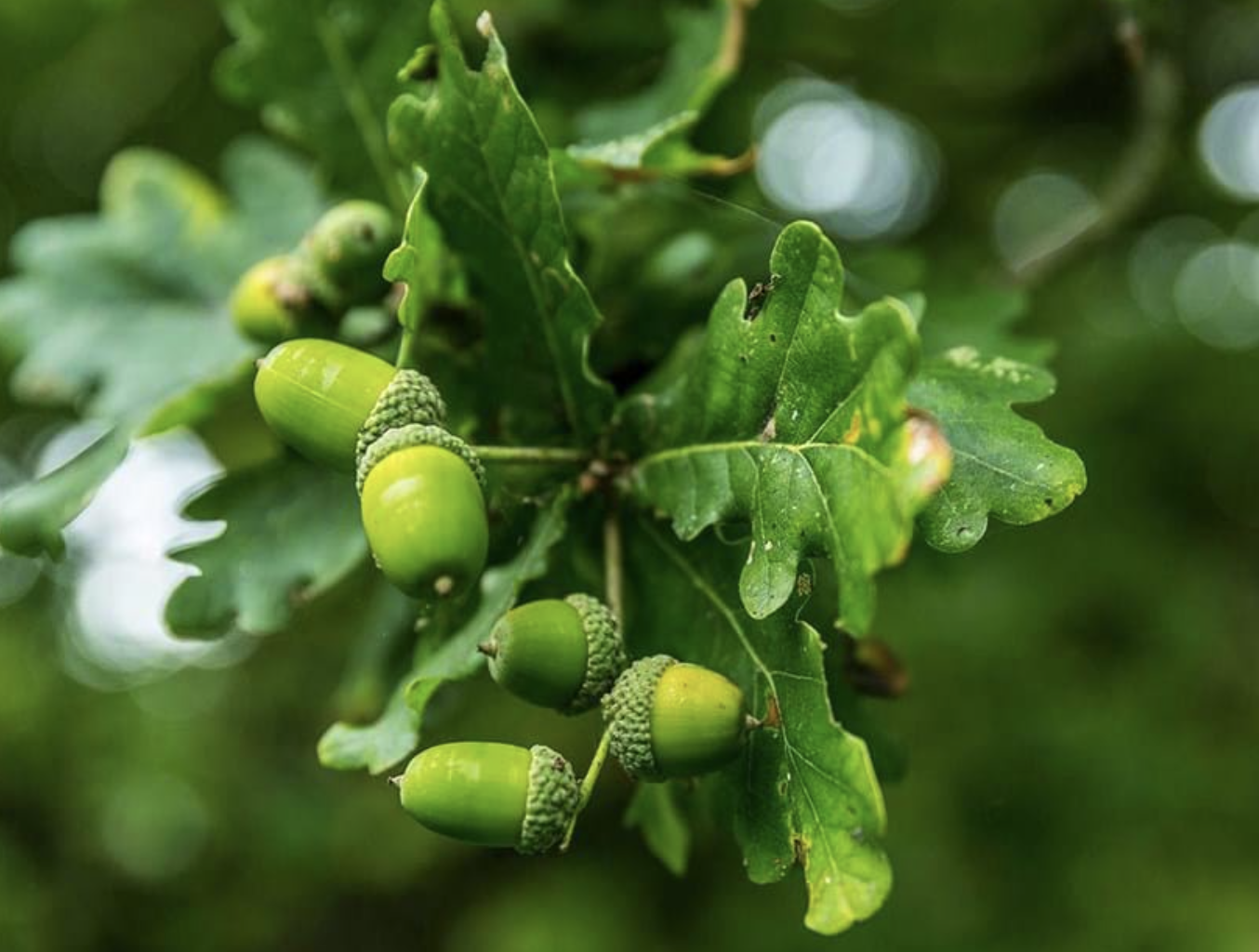
Ill forsake the Bards recurrent use of the oak as a metaphor for strength and finish with Schopenhauers warning against hubris:
The tallest oak tree once was an acorn that any pig could have swallowed.
Climate change is making the oceans greener
One of the benefits of the reading I do to find interesting articles for my weekly contributions to P&I is that I discover phenomena that would otherwise never have occurred to me. My Well, I never moments nearly always emphasise to me (yet again) five things:
- the complexity, interconnectedness and interdependency of all the various elements, organic and inorganic, that make our planet what it is,
- the precarious existence of multicellular life forms on the planet, particularly of human beings and human civilisations,
- that despite all the knowledge we have about the way the Earth functions, we still know and understand so little,
- knowing how little we know, we continue to foul our nest with reckless abandon, and finally (and almost unbelievably)
- the incredible collective stupidity of 20th and 21st century human beings.
These musings were most recently stimulated by discovering that more than half of the worlds oceans (covering an area larger than Earths total land area) are greener than 20 years ago as a result of climate change. Greening is particularly strong in tropical regions.

The exact cause of the colour change isnt known but it seems likely that it is partly due to phytoplankton. Oceans are blue because the surface layers contain little life. Greener water indicates the presence of phytoplankton. Phytoplankton are the basis of the marine food web because they contain chlorophyll which allows them to absorb CO2 from the water and photosynthesise it to produce sugars. Different species of phytoplankton take up different amounts of CO2 and changes in the balance of the species affects the ability of the oceans to absorb CO2 from the atmosphere. The relative abundance of various phytoplankton species also affects food chains.
To summarise, climate change is increasing the amount of life, particularly phytoplankton, in the surface layers of the ocean but this may then reduce the ability of the ocean to absorb CO2 from the atmosphere. Bearing in mind that the oceans have absorbed about 30% of the CO2 produced by humans in the last 200 years, this could exacerbate global warming.
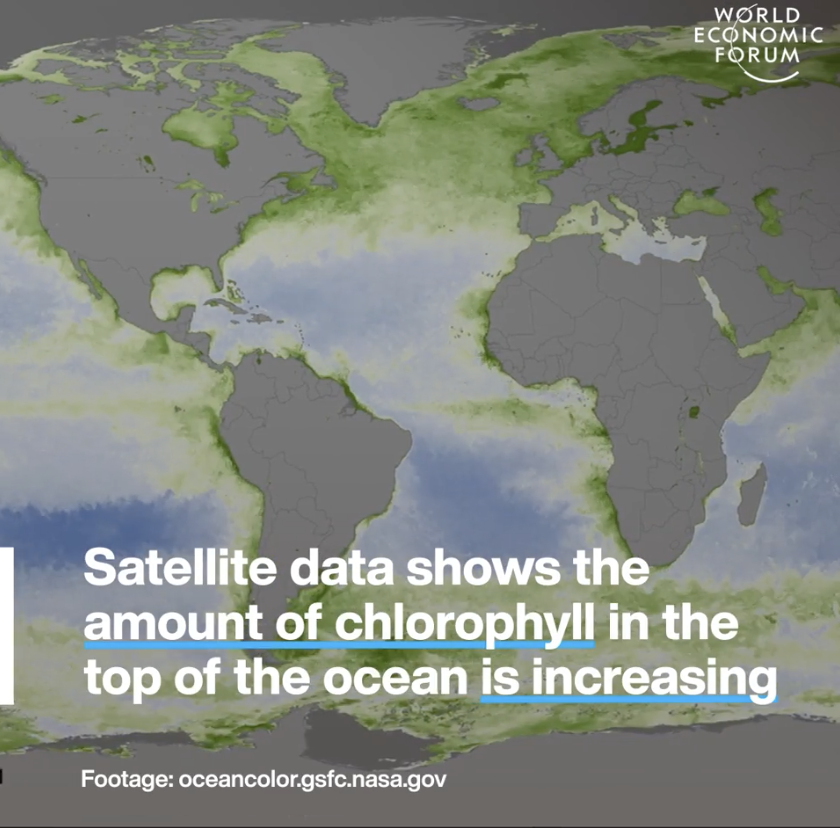
This 2-minute video explains things quite succinctly.
Warmer seas partially explain the very hot July
I dont think that the two graphs below will tell you anything that you dont already know but they do seem to present the situation particularly clearly.
The top graph vividly demonstrates the steady increase in mean global temperature in July between 1939 to 2023. This is a measure of the surface temperature all around the world, over land and sea. Nothing much changed between 1940 and 1980 but since then its been pretty much one way traffic, with July 2023 being 0.32oC higher than the previous peak in 2019.


The second graph displays the average daily sea surface temperature between 1940 and 2023. The last four months stand out as being well above recent years, which themselves were much warmer than previously.
It seems that part of the reason for July 2023 being standout-hot over land and sea is that the temperatures over the oceans were so high.
Great Barrier Reef in danger of being officially In Danger
UNESCO has released the report of its most recent inspection of the condition of the Great Barrier Reef. It is, in effect, an evaluation of the actions taken by Federal and State governments to protect the Reef from the multiple serious threats it faces, most notably climate change. The report recognises good progress in some areas but is critical in others.
As a result, the World Heritage Committee has postponed for another year any decision on listing the Reefs World Heritage status as In Danger. The Federal and Queensland governments are required to undertake further action to protect the Reef and report progress in early 2014.
The Sydney Morning Heralds Megan Herbert captured an appropriately cynical view of the situation on September 18th.
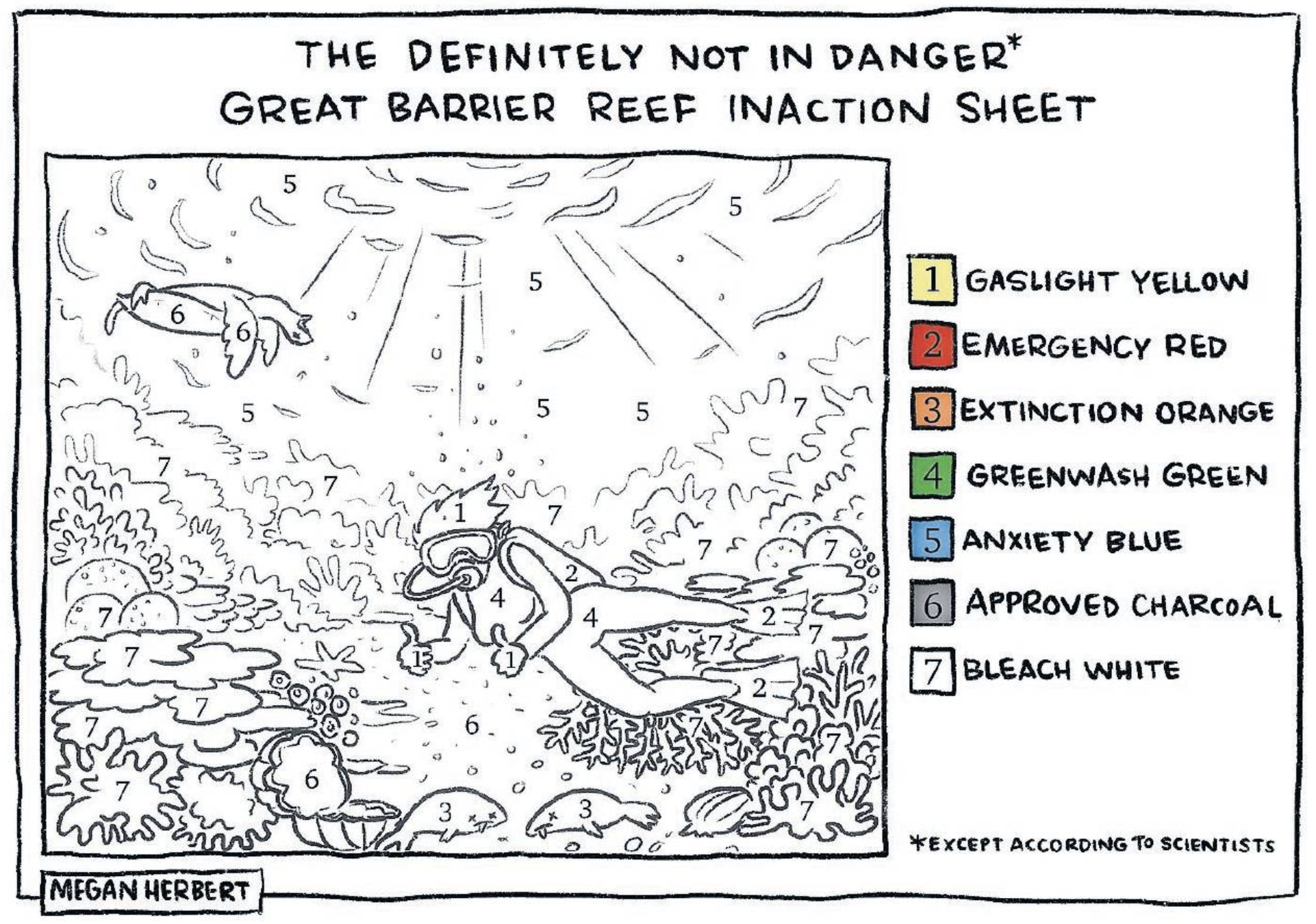
And just before going to press, Woody Woodpecker, a denizen of Oak Tree Parade, popped out to say ‘Hello’.


